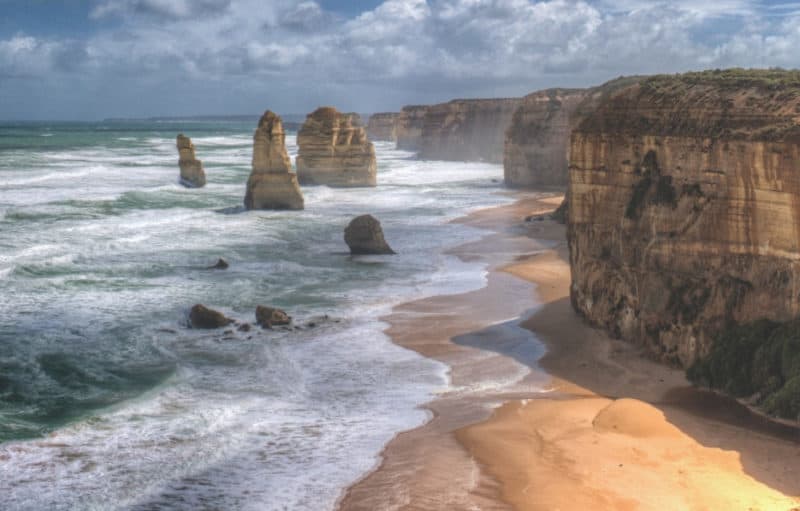PARK WATCH December 2018 |
Riparian action progress needs to continue according to our Executive Director Matt Ruchel.
Riparian land – land which runs along river, creek, wetlands and estuaries – is critical for healthy waterways. Healthy riparian land is important for habitat for native animals, providing a connection between areas of remnant vegetation, and as a filter for nutrients and sediments from catchment run-off.
Of the estimated 170,000 kilometres of river frontage in Victoria, about 30,000 kilometres are Crown land (about 100,000 hectares). The remaining riparian land is a mix of privately owned and other types of public land (e.g. in national parks). At present, about 17,000 kilometres are managed by the adjacent landholders, under about 10,000 agricultural licences.
A key state government program over the last four years has been the Regional Riparian Action Plan. It has been successful in working with landholders to manage these areas and has been delivering tangible improvement to public and privately-owned riversides.
One of our calls on all political parties in the lead up to the state election was to continue to fund and implement the plan. A program that is good for both the environment and good for regional jobs needs to continue into the next term of government.
The Andrews Government allocated $10 million in 2015/16 and a further $30 million from 2016/17 to 2019/20 to implement the plan. This funding is for on-ground riparian works such as stock management fencing, revegetation, weed management and provision of infrastructure to support off-stream stock watering. More information here.
Nine regional Victorian Catchment Management Authorities (CMAs) worked with just over 1,000 landholders and farmers and about 200 Traditional Owners, Landcare, angling, school and other community groups.
After the first three years of the action plan’s implementation – 2015 to 2018 – the key outcomes achieved include the protection and improvement of:
- nearly 2,300 kilometres of riparian land (92 per cent of the five-year action plan target) – that’s almost the distance from Melbourne to Cairns, and;
- 33,000 hectares of riparian land (117 per cent of the five-year target) – that’s more than three times the size of Phillip Island.
The state government’s main environmental research agency Arthur Rylah Institute for Environmental Research has started a long-term Riparian Intervention Monitoring Program (RIMP). The initial results from a fairly small number of sites are promising. They show that where works were undertaken the following significant changes in vegetation condition attributes were found:
- total native vegetation cover increased ~2-fold;
- native species richness increased ~1.5-fold;
- planted and natural woody recruits increased ~9-fold;
- woody weed abundance decreased to almost zero at most sites;
- bare ground cover did not increase as found in unmanaged sites. See: www.ari.vic.gov.au/research/ rivers-and-estuaries/riparian-intervention-monitoring-program
Some important progress has been made in the last three years, with around 15 per cent leased Crown land frontages being targeted for works. But there is still more work to be done. At the current rate of implementation and funding it will still take a further 20 years to complete works for eligible land. But these types of programs require steady implementation. We have suggested ongoing funding of at least $15 million per year for the next four years, plus new work looking at systematically reviewing and identifying freshwater areas (refugia) likely to facilitate survival of organisms under threat from climate change.
While no election commitment was forthcoming, let’s hope the success of the program gets the support it needs in the next state budget.
More
More information on riparian land on our website.
Did you like reading this article? Want to be kept up to date about nature issues in Victoria? Subscribe to our email updates.
You can also receive our print magazine Park Watch four times a year by becoming a member. Find out more here.
